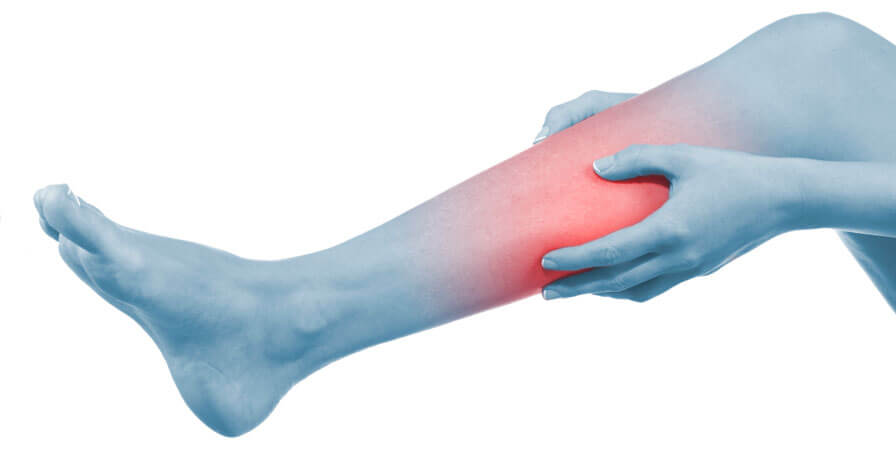Stress Fracture Symptoms

A stress fracture is a small crack in a bone caused by repetitive stress from activities that require running and jumping. Most stress fractures occur in the lower leg and foot. They are more likely to develop if you have just started a new exercise activity or abruptly stepped up the intensity of your workout.
Symptoms of a stress fracture include:
- Localized pain on the bone
- Pain when pressure is applied directly over the fracture and the area around it
- Pain when putting stress on the affected leg
- Swelling and warmth at injury site
Stress fractures appear to be more common in women. Other risk factors for stress fractures include: drinking more than 10 alcoholic drinks a week, smoking, running more than 25 miles a week, osteoporosis low levels of vitamin D.
To reduce your risk of developing a stress fracture:
- Eat a healthy diet. A balanced diet rich in calcium and Vitamin D will help build bone strength.
- Wear proper footwear. Old or worn running shoes may lose their ability to absorb shock and can lead to injury. How to Buy Running Shoes.
- Start any new activity slowly. Gradually increase your time, speed and distance. In most cases, a 10 percent increase per week is appropriate.
- Cross train. Vary your activities to avoid overstressing one area of your body. For example, alternate a high-impact sport such as running with lower-impact sports such as swimming or cycling.
- Add strength training to your workout. One of the best ways to prevent early muscle fatigue and the loss of bone density that comes with aging is to strength train.
- Stop your activity if pain or swelling returns. Rest for a few days. If the pain continues, see your doctor.
- Avoid smoking. People who smoke often take a particularly long time to heal fractures.



